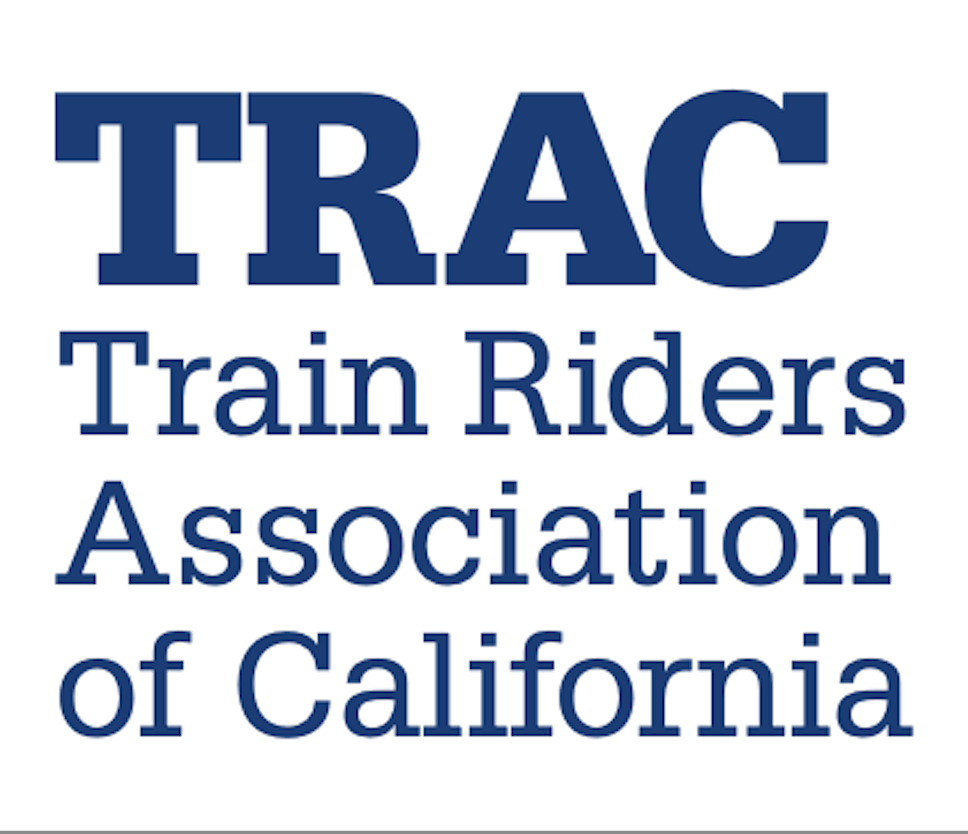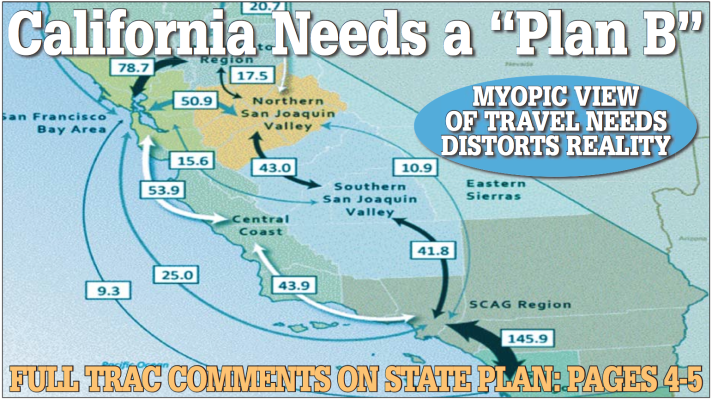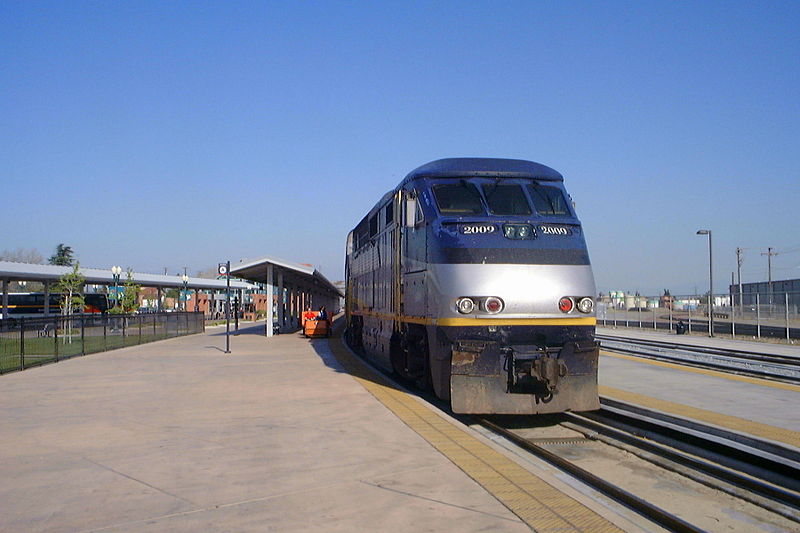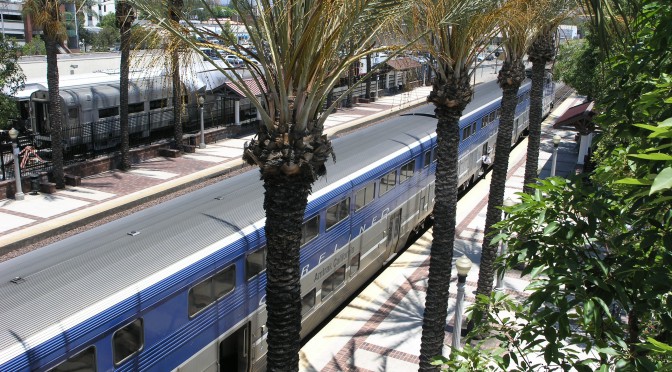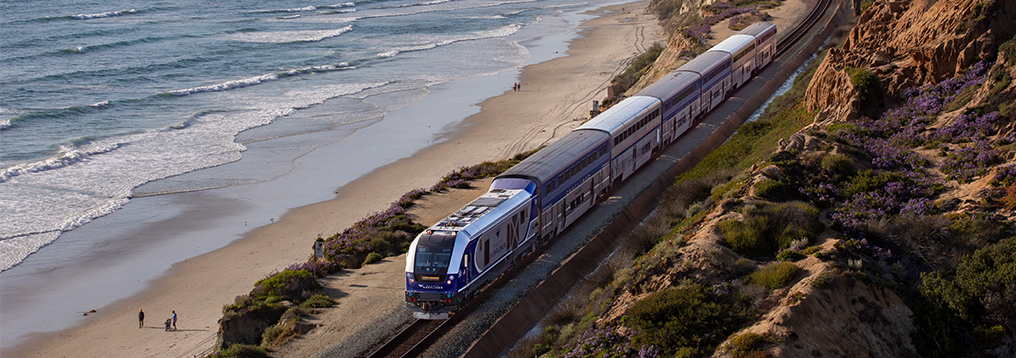TRAC Position Paper: How the LOSSAN Corridor Can Do More for Southern Californians
The next issue of California Rail News will carry a major article on the future of the LOSSAN Corridor by Greg Thompson, PhD and Sandra Bauer. That article will be an excerpt of a longer paper titled “How the LOSSAN Corridor Can Do More for Southern Californians” which is available now on this website.
The LOSSAN-South Corridor connecting Los Angeles with San Diego is the second most significant rail passenger corridor in the United States. Patronage in the corridor is now many times higher than it was when the state started supporting Amtrak-operated Pacific Surfliners. However, ridership has plateaued in the last several years, as train congestion has lengthened running times and increased unreliability. The basic alignment of the railroad remains that of the late 19th century single track railroad, inhibiting running time improvements and restricting capacity. It takes almost 3 hours for Surfliners to cover the 128 miles from San Diego to Los Angeles, for an average speed of 44 miles per hour.
The Caltrans Division of Rail developed plans to significantly improve the speed and capacity of the corridor, and completed environmental review of the proposed program in 2009. The improvements would allow hourly intercity trains to complete their runs from San Diego to Los Angeles in 1’50”, including 6 intermediate stops, resulting in an average end-to-end speed of 70 mph. There would be increased local commuter service, as well.
This article’s analysis concludes that the Caltrans LOSSAN improvement program can make the LOSSAN-South corridor an effective alternative to the I-5 freeway, competing successfully with longer-distance auto travel between San Diego, Orange, and Los Angeles Counties. The project would be a significant first step in bringing the corridor up to the level of the Northeast Corridor between Washington and Boston. (See Intercity Passenger Trains Are Not Commuter Trains)
This paper is accessible on the TRAC Position Papers page: https://calrailnews.org/trac-position-papers/
